Home>Interior Design>Designing An Entryway: Expert Advice And Layout Tips
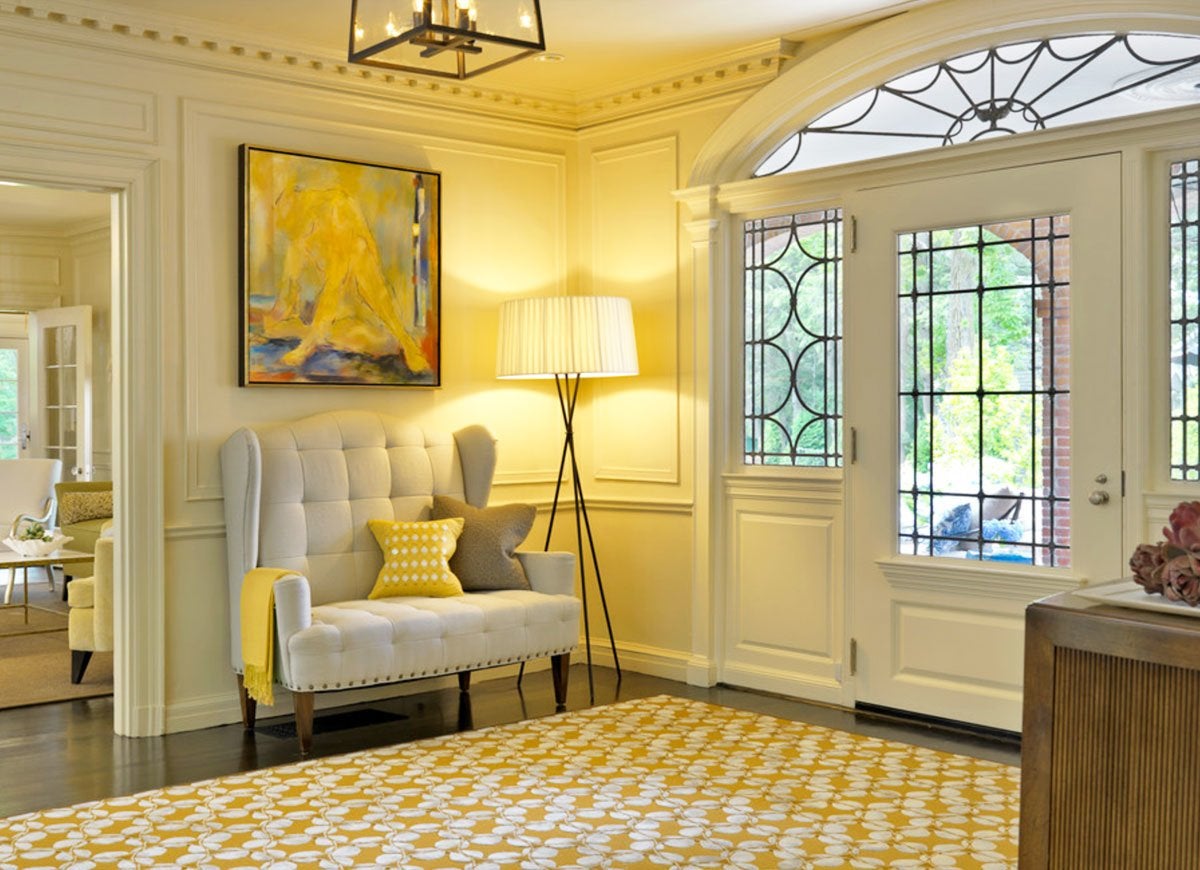

Interior Design
Designing An Entryway: Expert Advice And Layout Tips
Modified: January 5, 2024
Maximize the potential of your entryway with expert interior design advice and layout tips. Transform your space with our expert guidance and make a lasting impression.
(Many of the links in this article redirect to a specific reviewed product. Your purchase of these products through affiliate links helps to generate commission for Storables.com, at no extra cost. Learn more)
Introduction
Welcome to the world of interior design, where every space has the potential to be transformed into a beautiful and functional oasis. Today, we dive deep into the realm of entryway design, exploring how to create an inviting and visually stunning entry point to your home.
The entryway is often the first impression guests have of your home, setting the tone for the entire space. It serves as a transition zone between the outdoors and the interiors, welcoming you and your guests while simultaneously showcasing your personal style. Designing a well-thought-out entryway not only enhances the aesthetic appeal of your home but also improves its functionality.
In this article, we will explore the importance of a well-designed entryway and share expert advice and layout tips to help you create a welcoming and functional space. Whether you have a grand foyer or a compact hallway, these tips and ideas can be tailored to suit your specific needs and style preferences.
Before we delve into the details, it’s important to understand the key factors to consider before designing your entryway. This will help you make informed decisions and create a space that reflects your personality and complements the overall design scheme of your home.
Key Takeaways:
- Designing an entryway is crucial for creating a welcoming and functional space that reflects personal style, enhances aesthetics, and addresses practical needs, such as storage and traffic flow.
- Overcoming common design challenges, such as limited space and natural light, requires creative problem-solving and smart design solutions to optimize functionality and create a visually appealing entryway.
Importance of a well-designed entryway
A well-designed entryway is more than just a place to hang coats and kick off shoes. It plays a crucial role in creating a positive first impression and setting the overall tone for your home. Here are a few reasons why investing time and effort into designing your entryway is essential:
- Enhanced aesthetics: The entryway is the first glimpse of your home that guests see when they arrive. By carefully curating the design elements, such as furniture, lighting, and decor, you can create a visually appealing space that sets a positive and welcoming tone.
- Improved functionality: An entryway should be a functional space, equipped to handle the everyday demands of a busy household. By incorporating smart storage solutions, such as hooks, shoe racks, and cabinets, you can keep clutter at bay and ensure a seamless transition from outside to inside.
- Organizational benefits: With the right design choices, an entryway can serve as an organizational hub, keeping essential items like keys, umbrellas, and bags within reach. This can save you time and energy by eliminating frantic searches for misplaced items.
- Added value: A well-designed entryway can significantly enhance the value of your home. Potential buyers and renters appreciate a thoughtfully designed entryway that offers functionality, style, and a warm welcome. It can give your home a competitive edge in the real estate market.
- Reflecting personal style: The entryway is an opportunity to showcase your personal taste and style to anyone who enters your home. Through the selection of furniture, artwork, and decor, you can create a space that is a true reflection of your personality and sets the tone for the rest of your interior design scheme.
As you can see, a well-designed entryway is not just about aesthetics but also serves practical purposes. It is a space that welcomes you home and bids farewell to your guests. By carefully considering its design, you can create a functional and visually appealing entryway that leaves a lasting impression.
Factors to consider before designing an entryway
Before diving into the design process, it’s important to consider several key factors that will influence the overall look and feel of your entryway. By taking these factors into account, you can ensure that your design choices align with your lifestyle, needs, and personal style. Here are some factors to consider:
- Space: Assess the size and layout of your entryway. Is it a spacious foyer or a narrow hallway? Understanding the dimensions and limitations of your space will help you make informed decisions about furniture placement and storage solutions. Maximize the available space without overcrowding the area.
- Functionality: Consider how you and your family use the entryway on a daily basis. Do you need space for storing coats, shoes, and accessories? Will it serve as a drop zone for mail and keys? Understanding the functional requirements will guide your selection of furniture and storage options to ensure that the space meets your needs.
- Traffic flow: Evaluate how people move through your entryway. Is it a high-traffic area with multiple entry points? Consider the flow of foot traffic and ensure that there is enough space for people to enter and exit comfortably without feeling cramped.
- Design style: Take into account the overall design style of your home. Your entryway should harmonize with the rest of the house to create a cohesive and visually pleasing environment. Whether your style is contemporary, traditional, or eclectic, make sure to incorporate design elements that reflect your personal taste.
- Lighting: Lighting is crucial in setting the mood and ambiance of your entryway. Consider both natural and artificial lighting sources. If your entryway lacks natural light, incorporate ceiling fixtures, wall sconces, or table lamps to create a warm and welcoming atmosphere.
- Maintenance: Keep in mind the practicality of the materials and finishes you choose for your entryway. Consider the ease of cleaning and durability, especially in high-traffic areas prone to dirt and wear. Opt for materials that are both stylish and low-maintenance to ensure your entryway remains beautiful and functional for years to come.
By carefully considering these factors, you can lay the foundation for a well-designed entryway that caters to your specific needs and preferences. This thoughtful approach will guide your decision-making throughout the design process, resulting in a space that is both beautiful and functional.
Layout tips for designing an entryway
Creating a well-designed and functional entryway involves careful consideration of the layout. From furniture placement to the flow of traffic, here are some tips to help you optimize your entryway layout:
- Focal point: Choose a focal point that draws the eye and creates a visual anchor in your entryway. This could be a piece of artwork, a statement mirror, or a stunning light fixture. It sets the tone for the entire space and adds a decorative element.
- Clear pathways: Ensure that there is ample space for easy movement within your entryway. Avoid cluttering the area with too many furniture pieces or accessories, as it can make the space appear cramped and hinder the flow of traffic. Keep the pathways clear and open.
- Entryway console table: Consider adding a console table to your entryway. This versatile piece of furniture provides both storage and a surface for decorative elements. Place a tray or bowl on top to catch keys and other small items, and use the drawers or shelves for added storage.
- Seating: If space allows, incorporate seating in your entryway. This could be a bench, a set of chairs, or even a built-in window seat. It provides a convenient spot to put on and take off shoes, and adds a welcoming touch to the space.
- Mirror: Hang a mirror in your entryway to create the illusion of more space and reflect light. It not only serves a functional purpose but also adds style and depth to the space. Choose a mirror that complements the overall design aesthetic of your entryway.
- Wall hooks or coat rack: To keep your entryway organized and clutter-free, install wall hooks or a coat rack. This provides a designated spot for hanging coats, hats, and bags, keeping them easily accessible when you’re on the go.
- Rugs or runners: Add warmth and texture to your entryway by incorporating a rug or runner. Not only does this enhance the visual appeal, but it also helps protect your flooring. Choose a rug that is durable and easy to clean.
Remember, the key to a successful entryway layout is finding the right balance between functionality and aesthetics. Consider your specific needs and the available space to make informed decisions about furniture placement and storage solutions. By following these layout tips, you can create an entryway that is both visually appealing and efficient.
Choosing the right furniture and accessories
The furniture and accessories you choose for your entryway can greatly impact its overall look and functionality. Here are some tips to help you select the right pieces:
- Entryway bench: A bench provides a practical seating option while also adding style to your entryway. Look for a bench with built-in storage compartments or baskets underneath to maximize functionality and keep the space organized.
- Console table: A console table is a versatile furniture piece that can serve as a focal point in your entryway. Look for a table with drawers or shelves to provide storage space for keys, mail, and other everyday essentials.
- Mirrors: Mirrors are not only functional but also help create a sense of space and light in your entryway. Choose a mirror that complements the overall design style of your entryway and consider the size and shape that best suits the available space.
- Coat hooks or racks: Install hooks or a coat rack near the entryway to provide a designated spot for hanging coats, hats, and bags. Consider the number of hooks or the size of the coat rack based on the needs of your household.
- Storage baskets or bins: Incorporate storage baskets or bins to keep smaller items such as gloves, scarves, and umbrellas neatly organized. Choose baskets or bins that complement the style of your entryway and provide easy access to these essentials.
- Lighting fixtures: Illuminate your entryway with a stylish and functional light fixture. Consider a pendant light or a chandelier for a grand entrance, or opt for wall sconces for a more subtle yet elegant touch. Ensure that the lighting is well-balanced and provides sufficient illumination.
- Decorative accents: Add personality to your entryway with carefully chosen decorative accents. This could include artwork, plants, vases, or decorative bowls. Be sure to select pieces that reflect your personal style and enhance the overall aesthetic of your entryway.
When selecting furniture and accessories for your entryway, it’s important to consider the size and layout of the space. Opt for pieces that fit comfortably within the area without overwhelming it. Additionally, choose items that are both functional and aesthetically pleasing, ensuring they contribute to the overall design scheme of your home.
Remember, the goal is to create an entryway that welcomes guests and provides a practical area to meet your daily needs. By carefully curating the right furniture and accessories, you can transform your entryway into a stylish and functional space that sets the tone for the rest of your home.
Color and lighting considerations
Color and lighting play a crucial role in creating the desired atmosphere and enhancing the overall design of your entryway. Here are some important considerations when it comes to color and lighting:
- Color palette: Choose a color palette that complements the rest of your home’s design scheme. Consider the existing colors in adjacent rooms to maintain a cohesive flow. Neutral tones such as whites, grays, and beiges can create a clean and timeless look, while bold colors can add a dramatic or vibrant touch.
- Lighting fixtures: Install well-designed and functional lighting fixtures in your entryway. Consider the size and height of your entryway to determine the appropriate size and placement of fixtures. Pendant lights or chandeliers can create a focal point, while wall sconces can provide ambient lighting. Opt for warm lighting to create a welcoming and cozy atmosphere.
- Natural light: Maximize natural light in your entryway whenever possible. If you have windows or glass doors, keep them clean and unobstructed to allow sunlight to flood into the space. Consider sheer or light-filtering window treatments to maintain privacy while still allowing natural light to enter.
- Mirrors: Strategically place mirrors in your entryway to reflect natural light and make the space appear larger. Position a mirror opposite a window or source of light to maximize its effect. Mirrors also help to bounce light around the entryway, creating a brighter and more inviting atmosphere.
- Accent lighting: Consider adding accent lighting to highlight artwork, focal points, or architectural details in your entryway. Use spotlights or directional wall sconces to draw attention to these areas and create visual interest. This layered lighting effect can add depth and dimension to your space.
- Color psychology: Keep in mind the psychology of colors when selecting the color palette for your entryway. Warm colors like red and orange can create a sense of energy, while cool colors like blue and green can evoke a calming and relaxing atmosphere. Choose colors that align with the desired mood and ambiance for your entryway.
When considering color and lighting for your entryway, think about the emotions and feelings you want to evoke within the space. Experiment with different lighting options and color combinations to create a visually appealing and inviting entryway that sets the right tone for the rest of your home.
When designing an entryway, consider adding a mirror to create the illusion of a larger space and to provide a convenient spot for last-minute touch-ups before leaving the house.
Creating functional storage solutions
A well-designed entryway should not only be visually appealing but also provide functional storage solutions to help keep the space organized. Here are some tips to create efficient storage in your entryway:
- Wall-mounted hooks and racks: Install wall-mounted hooks or racks to keep coats, hats, and bags organized and easily accessible. Consider the number of hooks or the length of the rack based on your household’s needs.
- Shoe storage: Keep shoes tidy and out of the way by incorporating a shoe storage solution in your entryway. This could be a shoe rack, a shoe cabinet, or even a bench with built-in shoe compartments. Opt for a size that can accommodate your family’s footwear collection.
- Baskets and bins: Utilize baskets and bins to corral smaller items in your entryway, such as scarves, gloves, and pet accessories. Choose decorative baskets that match your entryway style and place them on shelves or inside cabinets to keep the space clutter-free.
- Entryway console table: Invest in a console table with drawers or shelves to provide additional storage space. Use the drawers to store keys, sunglasses, and other small essentials, while the shelves can hold decorative baskets or serve as a display area for decor items.
- Mail organizers: Keep your mail and important documents organized by incorporating a mail organizer in your entryway. This can be a wall-mounted unit or a tabletop organizer with compartments for sorting mail, bills, and other paperwork.
- Wall-mounted cabinets or cubbies: If space allows, consider installing wall-mounted cabinets or cubbies in your entryway. These provide concealed storage for items you want to keep out of sight, such as umbrellas, winter accessories, or cleaning supplies.
- Multipurpose furniture: Look for multipurpose furniture pieces that offer both seating and storage, such as benches with built-in storage compartments or ottomans with hidden storage. These dual-purpose items can maximize the functionality of your entryway.
When designing your storage solutions, consider the specific needs of your household and the available space in your entryway. Optimize the use of vertical space and ensure that storage solutions blend seamlessly with the overall design aesthetic of your entryway.
Remember, functional storage not only keeps your entryway organized but also helps streamline your daily routines. By incorporating efficient storage solutions, you can create a clutter-free and functional entryway that welcomes you home with open arms.
Expert advice for designing an entryway
Designing an entryway that is both visually appealing and functional requires careful thought and consideration. Here are some expert tips and advice to help you create a stunning entryway:
- Incorporate personal style and aesthetics: Your entryway should be a reflection of your personal style. Consider incorporating elements of your favorite design styles, whether it’s modern, classic, or eclectic. Add personal touches such as artwork, family photographs, or sentimental decor pieces to make the space feel like your own.
- Maximize space and flow: It’s important to think about how people move through your entryway. Ensure there is enough space for easy movement and avoid overcrowding the area with too much furniture. Keep the pathways clear and consider the placement of furniture and accessories to maximize both functionality and aesthetics.
- Create a designated landing area: Establish a designated area near the entryway for items like keys, wallets, and bags. This can be a small table or a wall-mounted shelf with storage compartments. Having a designated spot for these essentials will help you stay organized and prevent the clutter from spilling into the rest of your home.
- Consider the first impression: The entryway is the first impression guests have of your home. Make it memorable by adding a statement piece, such as an eye-catching light fixture or a piece of artwork. Pay attention to details like paint color, flooring, and decor to create a cohesive and welcoming entrance.
- Think about functionality: Your entryway should be functional and cater to your lifestyle. Consider the storage needs of your household and choose furniture and accessories accordingly. Incorporate hooks, a shoe rack, or extra seating, depending on your family’s specific requirements. Functionality should be at the forefront of your design decisions.
- Introduce plants or greenery: Bring life to your entryway by incorporating plants or greenery. Not only do they add a touch of nature and freshness to the space, but they also help purify the air. Choose low-maintenance plants that thrive in indoor environments, such as succulents or snake plants, to add a vibrant and organic element to your entryway.
- Match the entryway to the overall design: Ensure that your entryway aligns with the design aesthetic of the rest of your home. The entryway should seamlessly flow into the adjacent rooms and reflect the design style of your overall house. This cohesiveness creates a harmonious and balanced look throughout your space.
By following these expert tips and advice, you can design an entryway that not only impresses guests but also meets your practical needs. Remember to infuse your personal style and consider functionality throughout the design process to create a space that welcomes you home with style and functionality.
Incorporating personal style and aesthetics
When designing your entryway, one of the most important aspects to consider is incorporating your personal style and aesthetics. Your entryway should not only be visually appealing but also reflect your unique taste and personality. Here are some tips to help you infuse your personal style into your entryway design:
- Choose a design style: Begin by identifying your preferred design style, whether it’s modern, traditional, farmhouse, eclectic, or minimalist. This will serve as a guide when selecting furniture, colors, and accessories for your entryway.
- Showcase artwork and personal collections: Display artwork, photographs, or personal collections that evoke a sense of who you are. Hang pieces that hold sentimental value or feature your favorite artists. This is an opportunity to tell your story and add a personal touch to the space.
- Incorporate meaningful decor: Use decor items that hold special meaning to you, such as trinkets from memorable trips, heirlooms passed down through generations, or handmade crafts. These items not only add character to your entryway but also create sentimental connections between you and your space.
- Add a pop of color: Make a statement by incorporating a pop of color into your entryway. This can be done through accent furniture, a vibrant rug, or colorful artwork. Choose a color that resonates with you and complements the rest of your home’s color scheme.
- Mix textures and materials: To add depth and visual interest to your entryway, incorporate a variety of textures and materials. For example, combine a sleek glass console table with a rustic woven basket or juxtapose a smooth metal lamp with a textured woven rug. This eclectic mix adds personality and makes your entryway visually appealing.
- Experiment with patterns: Introduce patterns into your entryway design to make a statement and showcase your style. Whether it’s a patterned wallpaper, a bold geometric rug, or patterned throw pillows on a bench, play with patterns that resonate with you and create a visually striking entryway.
- Show your green thumb: Incorporate plants and fresh greenery into your entryway to bring life and nature indoors. Choose plants that thrive in indoor environments and fit the lighting conditions of your entryway. The addition of greenery not only adds beauty but also promotes a sense of calm and well-being.
Remember, your entryway is your opportunity to make a lasting first impression and set the tone for your home’s overall design. By incorporating your personal style and aesthetics into the space, you create an entryway that is not only visually stunning but also a true reflection of who you are.
Read more: Expert Advice For Building An Addition
Maximizing space and flow
When designing your entryway, it’s important to maximize the available space and ensure a smooth flow throughout the area. Here are some tips to help you optimize space and create a functional layout:
- Clear the clutter: Start by decluttering your entryway and removing any unnecessary items. Keep only the essentials in the space to create a clean and organized look. Consider using storage solutions such as hooks, shelves, or baskets to keep items neatly tucked away.
- Consider the traffic flow: Analyze how people will move through your entryway. Take into account the location of doors, stairs, and other entry points. Ensure that there is ample space for easy movement and that furniture and accessories are positioned to facilitate a smooth flow of traffic.
- Opt for multifunctional furniture: Choose furniture pieces that serve multiple purposes to maximize space. For example, select a bench with built-in storage or a console table with drawers to provide both seating and storage options. These versatile pieces help consolidate functionality and save valuable square footage.
- Utilize vertical space: Make use of the vertical space in your entryway to maximize storage and display options. Install wall-mounted shelves or cabinets to keep items off the floor and create additional storage space. Hang hooks for coats and bags, and utilize wall space for artwork or mirrors.
- Mirrors for visual expansion: Add mirrors to your entryway to create the illusion of a larger space. Mirrors reflect light and make the area feel more open and airy. Choose a mirror that fits the scale of your entryway and position it to reflect natural light or a focal point in the space.
- Consider the scale of furniture: Select furniture that is proportionate to the size of your entryway. Avoid oversized or bulky pieces that can make the space feel cramped. Instead, opt for sleek and streamlined furniture that allows for easy movement and contributes to an open and welcoming atmosphere.
- Keep pathways clear: Ensure that there is clear and unobstructed access to doors and other entry points. Avoid placing furniture or decor items in a way that obstructs the natural flow of movement. By keeping pathways clear, you create a sense of openness and freedom of movement in your entryway.
By implementing these strategies to maximize space and flow in your entryway, you can create a functional and visually pleasing area. Prioritize decluttering, choosing multifunctional furniture, and utilizing vertical space to optimize storage options. With careful planning and consideration, you can design an entryway that is efficient and enhances the overall flow of your home.
Addressing common design challenges
Designing an entryway often comes with its fair share of challenges. Whether you have a small space, an awkward layout, or limited natural light, these challenges can be overcome with creative solutions. Here are some tips to address common design challenges in your entryway:
- Small entryway: If your entryway is compact, focus on maximizing vertical space. Install wall-mounted shelves or hooks to keep items off the floor and create storage options. Choose narrow furniture pieces or consider using multifunctional furniture to save space. Mirrors can also create the illusion of a larger area.
- Awkward layout: Work with the existing layout of your entryway and use furniture placement to compensate for any awkwardness. Utilize corners by adding corner shelves or tables. Consider using rugs or runners to define distinct zones and enhance the flow. Experiment with different furniture arrangements until you find one that optimizes the space.
- Limited natural light: When natural light is lacking, it’s important to rely on artificial lighting solutions. Install ample overhead lighting, such as a pendant or a flush-mount fixture, to brighten the space. Supplement with wall sconces or table lamps to create layers of light and add warmth. Additionally, choose light-colored paint or wallpaper to help reflect and maximize the available light.
- High-traffic area: If your entryway experiences high foot traffic, prioritize durability in your design choices. Opt for furniture and flooring materials that can withstand heavy use and are easy to clean. Consider using rugs or runners to protect high-traffic areas and prevent wear and tear on the flooring.
- Insufficient storage: If storage is an issue in your entryway, get creative with your solutions. Utilize vertical space with wall-mounted shelves or pegboards. Look for furniture pieces that offer hidden storage compartments, such as benches or ottomans. Incorporate storage baskets or bins on shelves or under consoles to keep smaller items organized.
- Managing clutter: Clutter can quickly accumulate in the entryway. Combat this by designating specific areas for storage and organization. Implement a system for keys, mail, and other everyday items to prevent them from overtaking the space. Regularly declutter and purge unnecessary items to maintain a clean and organized entryway.
- Lack of seating: If your entryway lacks seating options, consider incorporating a small bench or ottoman. This provides a convenient spot to sit while putting on or taking off shoes. Look for benches or ottomans with built-in storage to maximize functionality in a compact space.
Remember, every design challenge comes with an opportunity for creative solutions. By thinking outside the box and customizing your design strategies to fit your specific entryway, you can overcome common challenges and create a welcoming and functional space that suits your needs and style.
Conclusion
The entryway of your home serves as a gateway, welcoming both you and your guests into your personal sanctuary. By taking the time to design a well-thought-out entryway, you can create a space that not only reflects your personal style but also enhances the functionality of your home.
In this article, we explored the importance of a well-designed entryway and provided expert advice and tips to help you create a stunning and functional space. We discussed factors to consider before designing your entryway, such as space, functionality, and traffic flow. We also delved into layout tips, furniture and accessory selection, color and lighting considerations, and the creation of functional storage solutions.
It’s essential to incorporate your personal style and aesthetics into your entryway design to make it truly your own. Whether you prefer a minimalist look, a bohemian vibe, or a traditional feel, infusing your personal style creates a space that reflects your personality and makes a memorable first impression on anyone who enters your home.
Addressing common design challenges, such as small spaces or limited natural light, requires creative problem-solving and the implementation of smart design solutions. By thinking outside the box and utilizing the available space effectively, you can overcome these challenges and create an entryway that not only looks great but also functions seamlessly.
Remember, your entryway is the introduction to your home, setting the tone for the entire space. It’s a place where functional needs meet aesthetics, and where practicality meets personal style. By incorporating the expert advice and tips provided in this article, you can design an entryway that is both inviting and functional, making a lasting impression on all who enter your home.
So go ahead and unleash your creativity, design an entryway that reflects your unique style, and welcomes you home with open arms.
Frequently Asked Questions about Designing An Entryway: Expert Advice And Layout Tips
Was this page helpful?
At Storables.com, we guarantee accurate and reliable information. Our content, validated by Expert Board Contributors, is crafted following stringent Editorial Policies. We're committed to providing you with well-researched, expert-backed insights for all your informational needs.
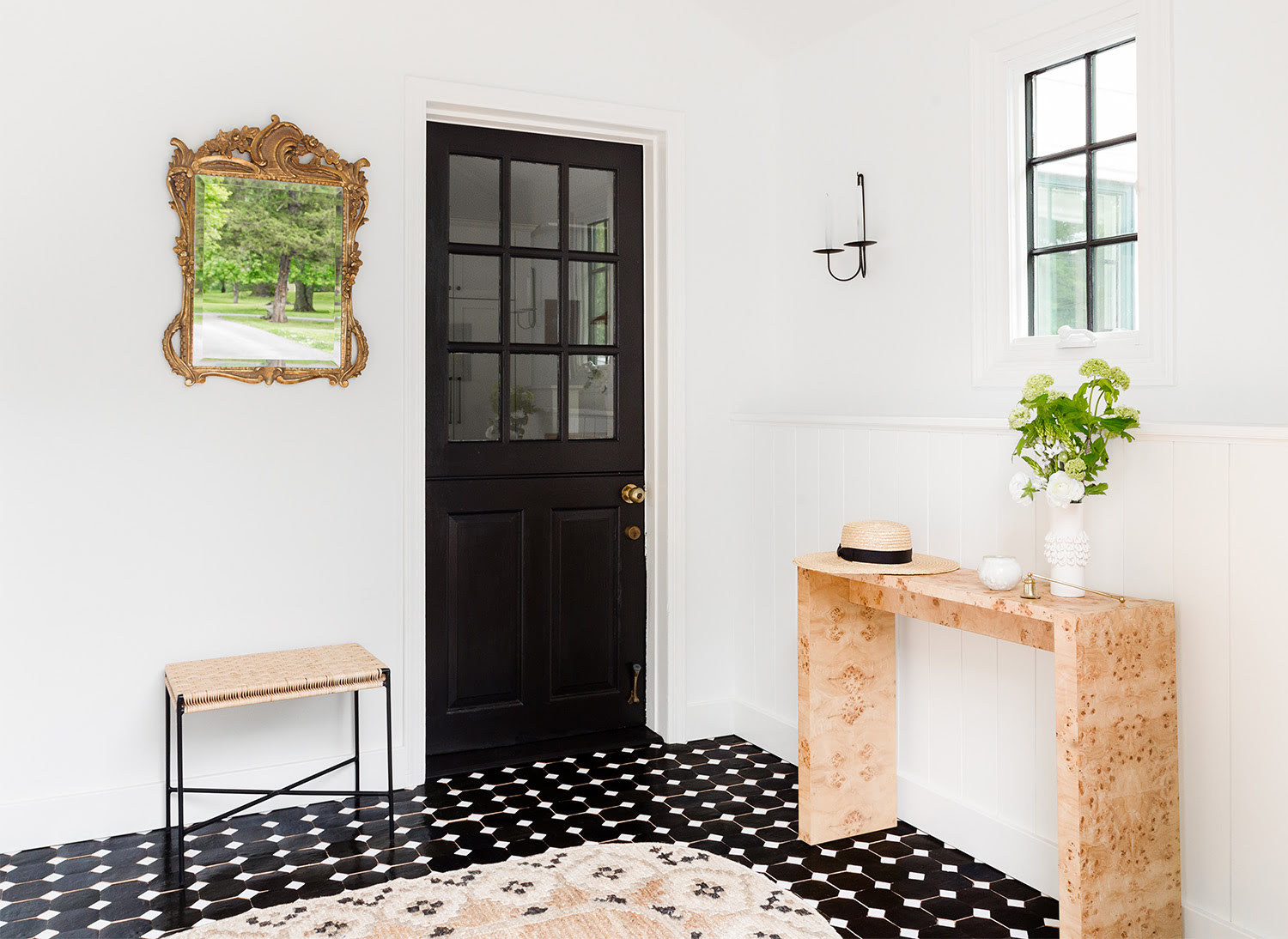
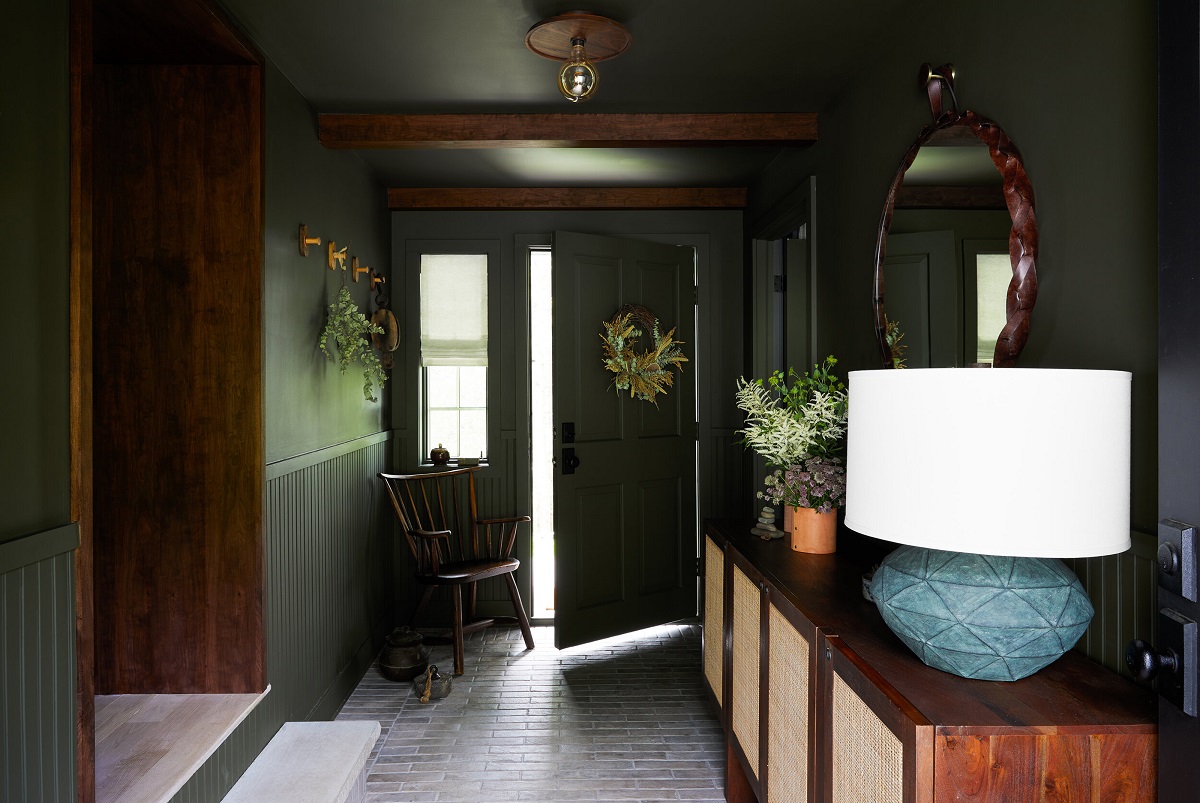
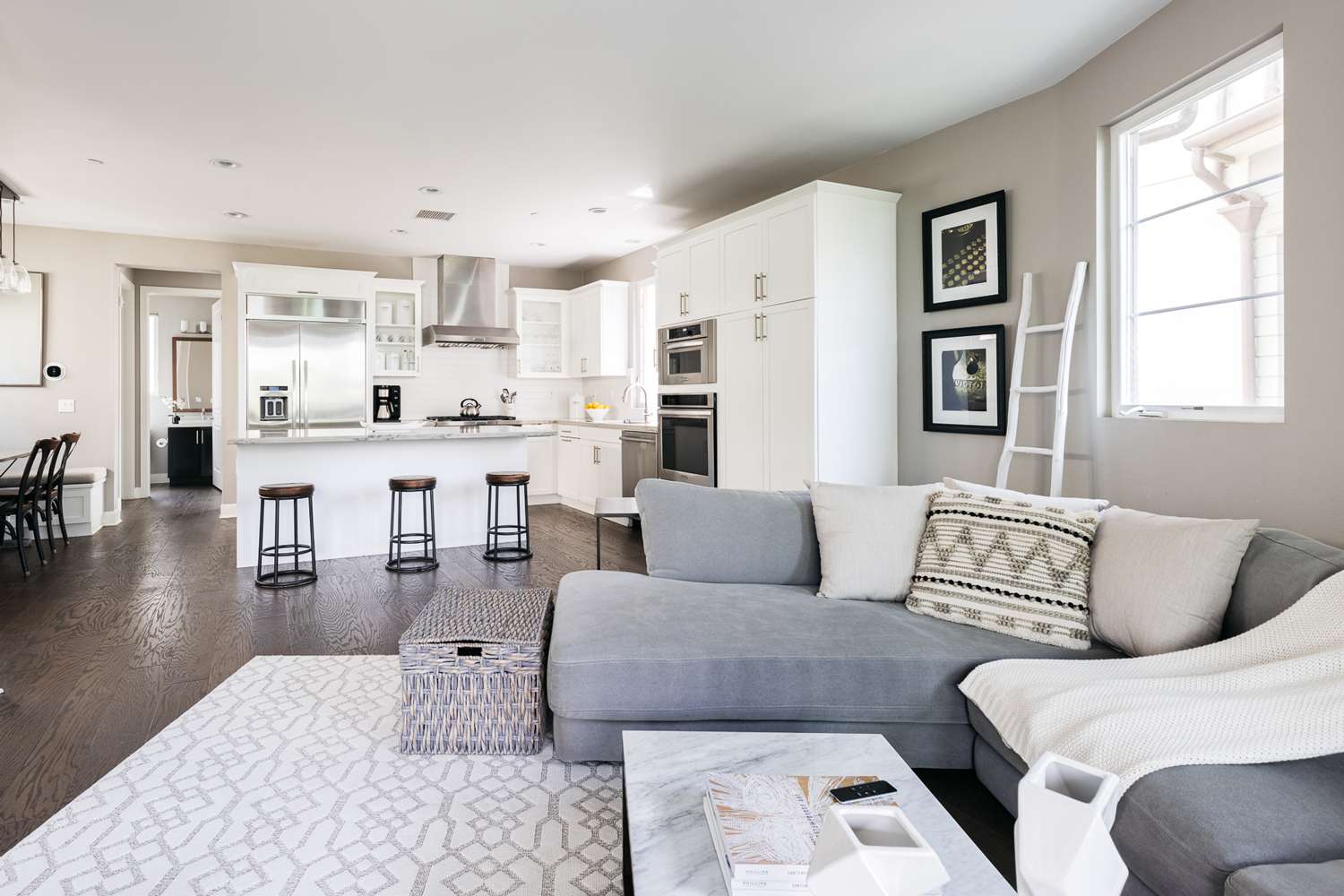
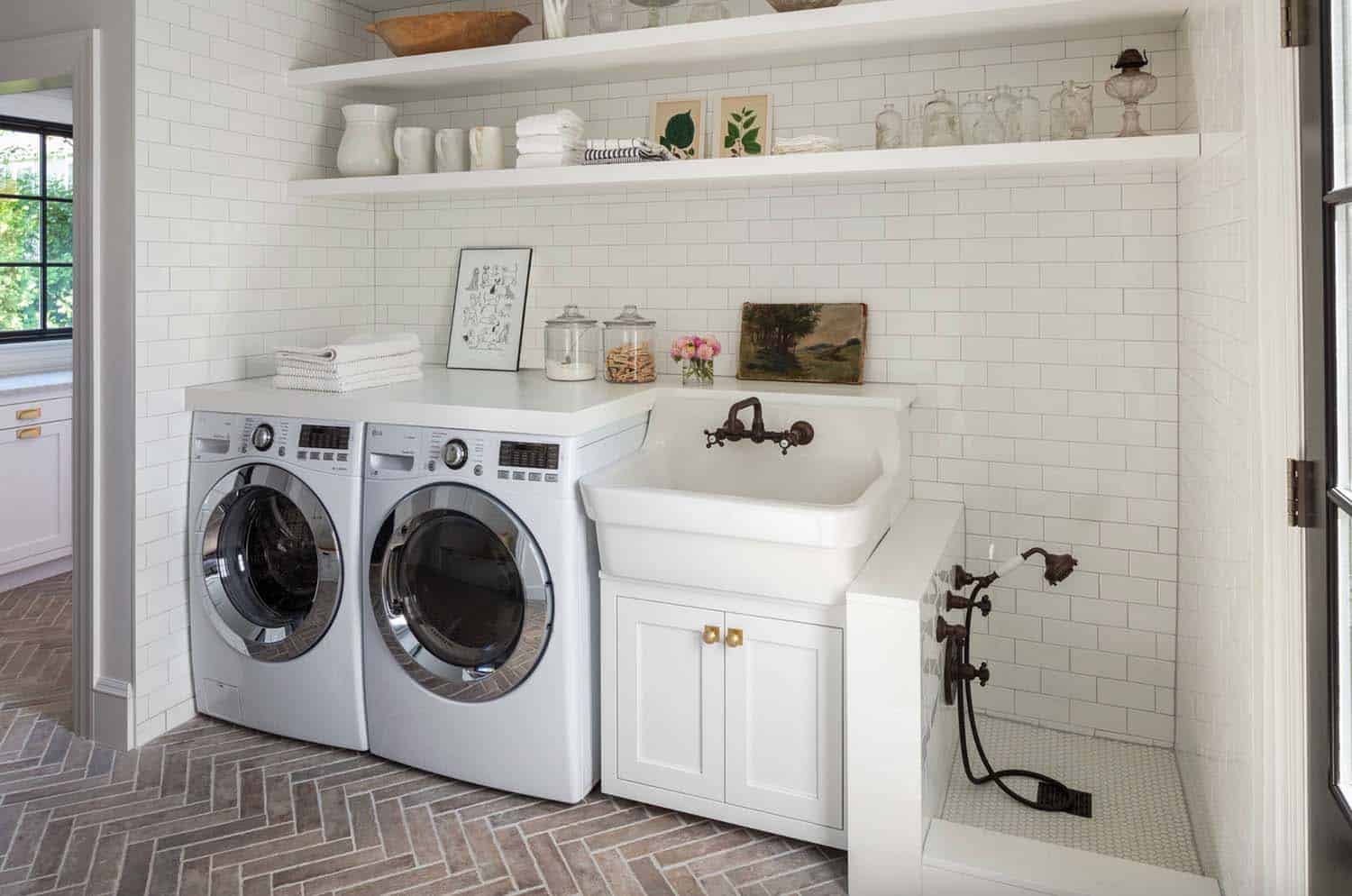
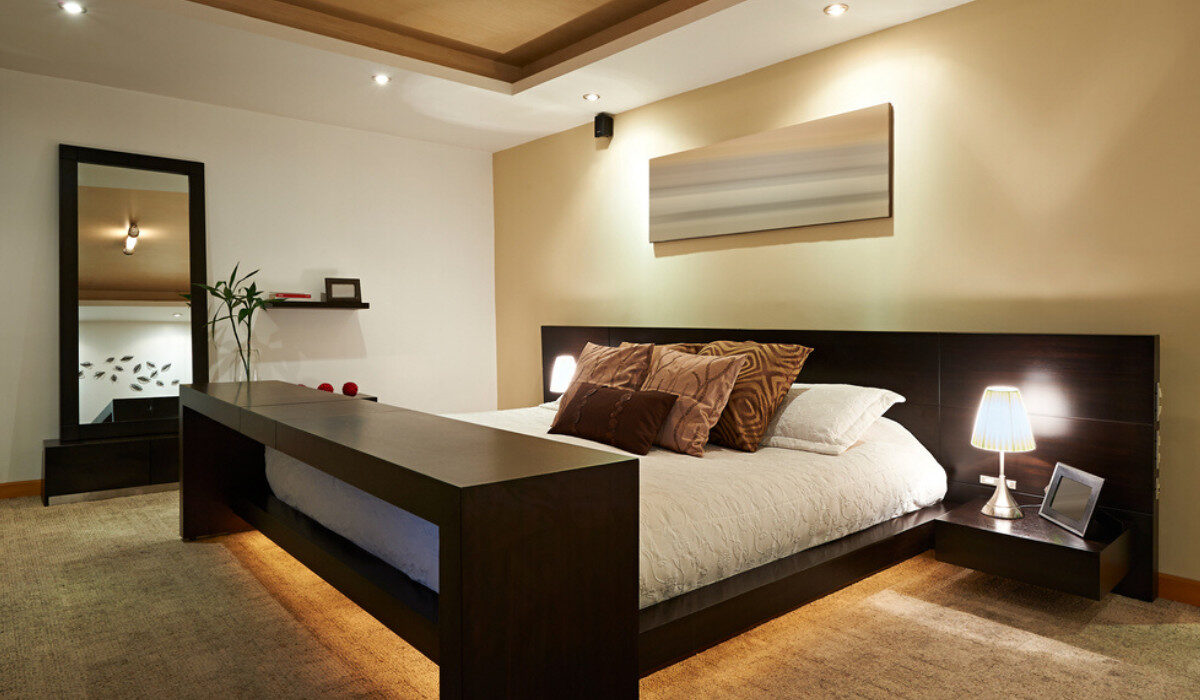
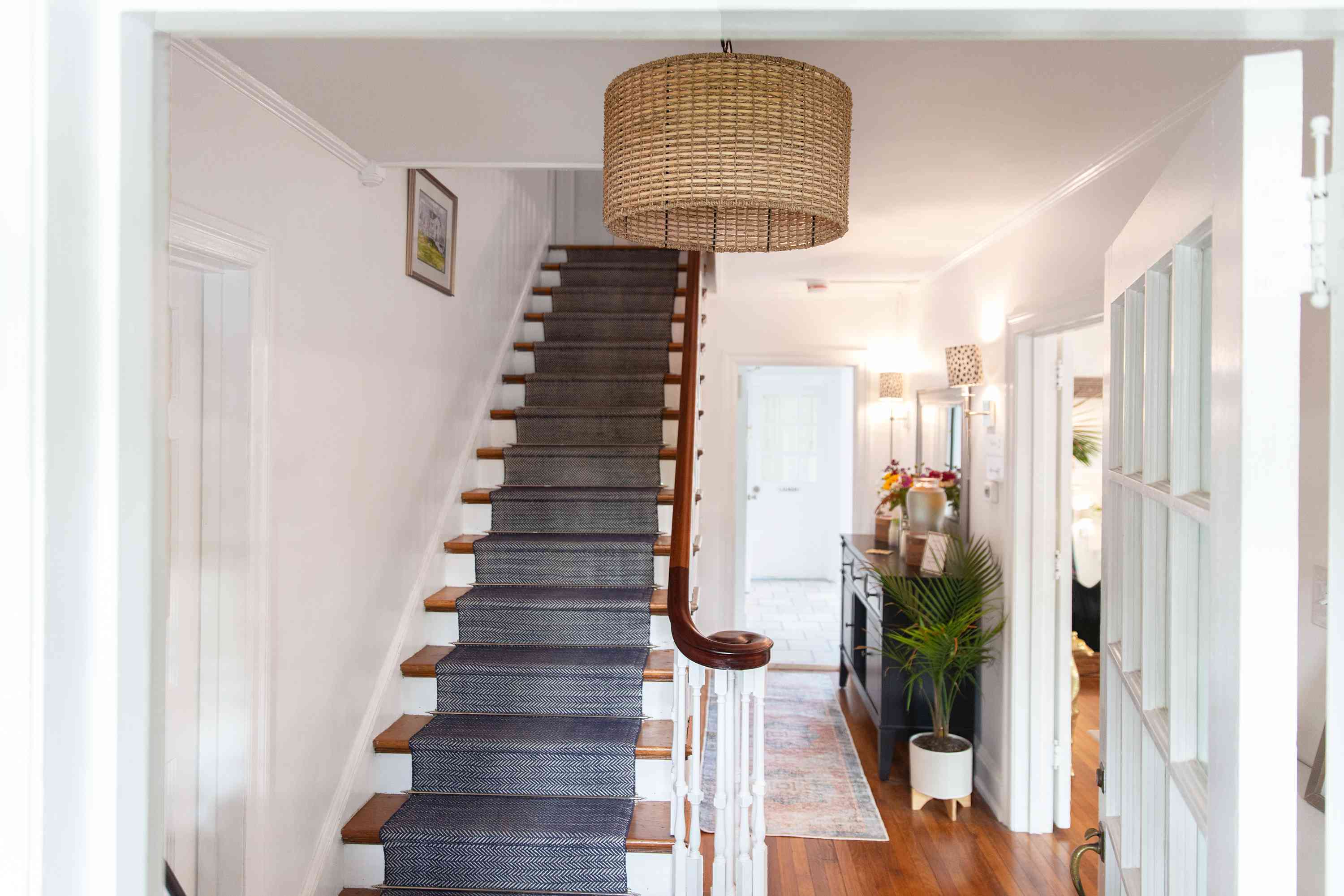
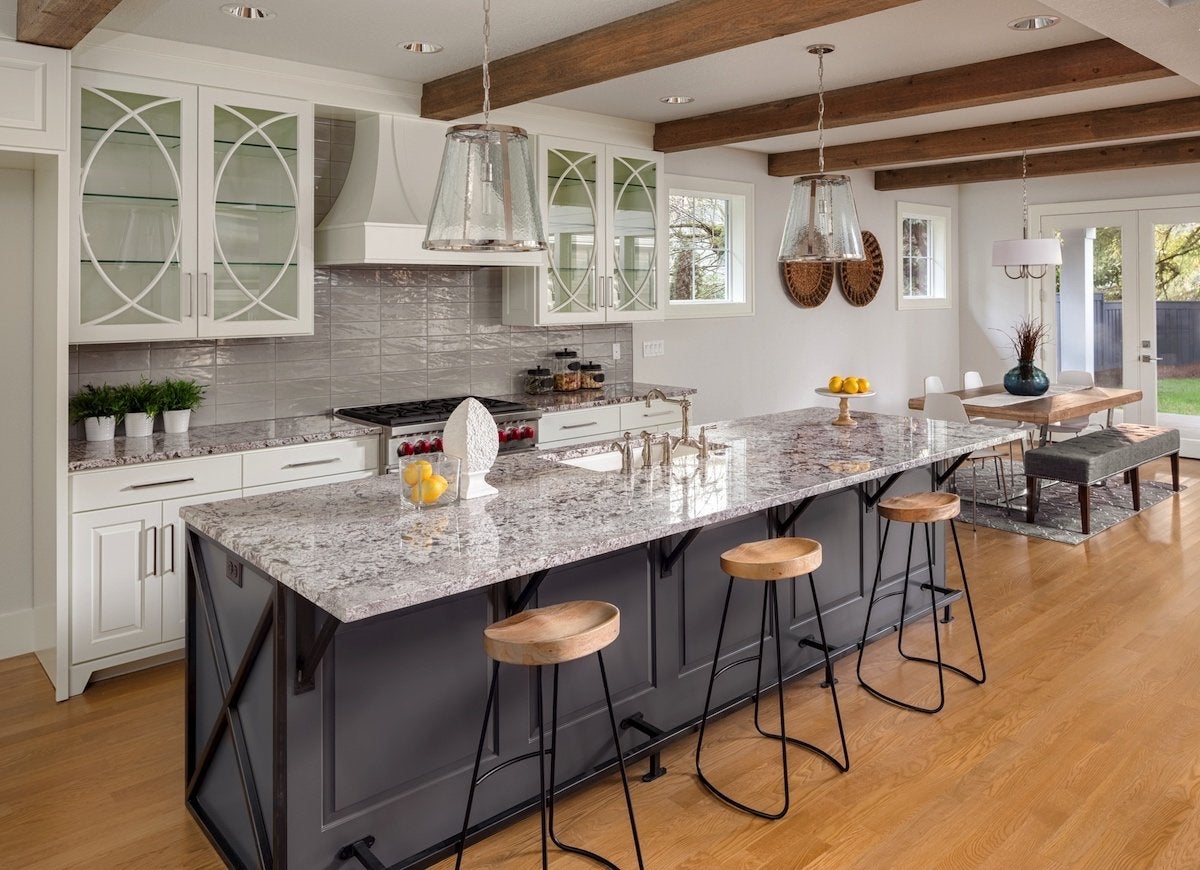
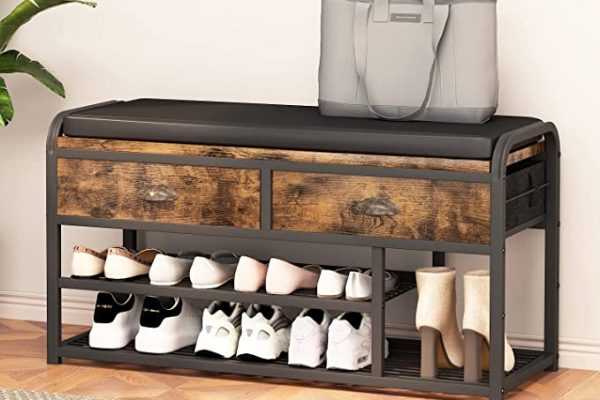
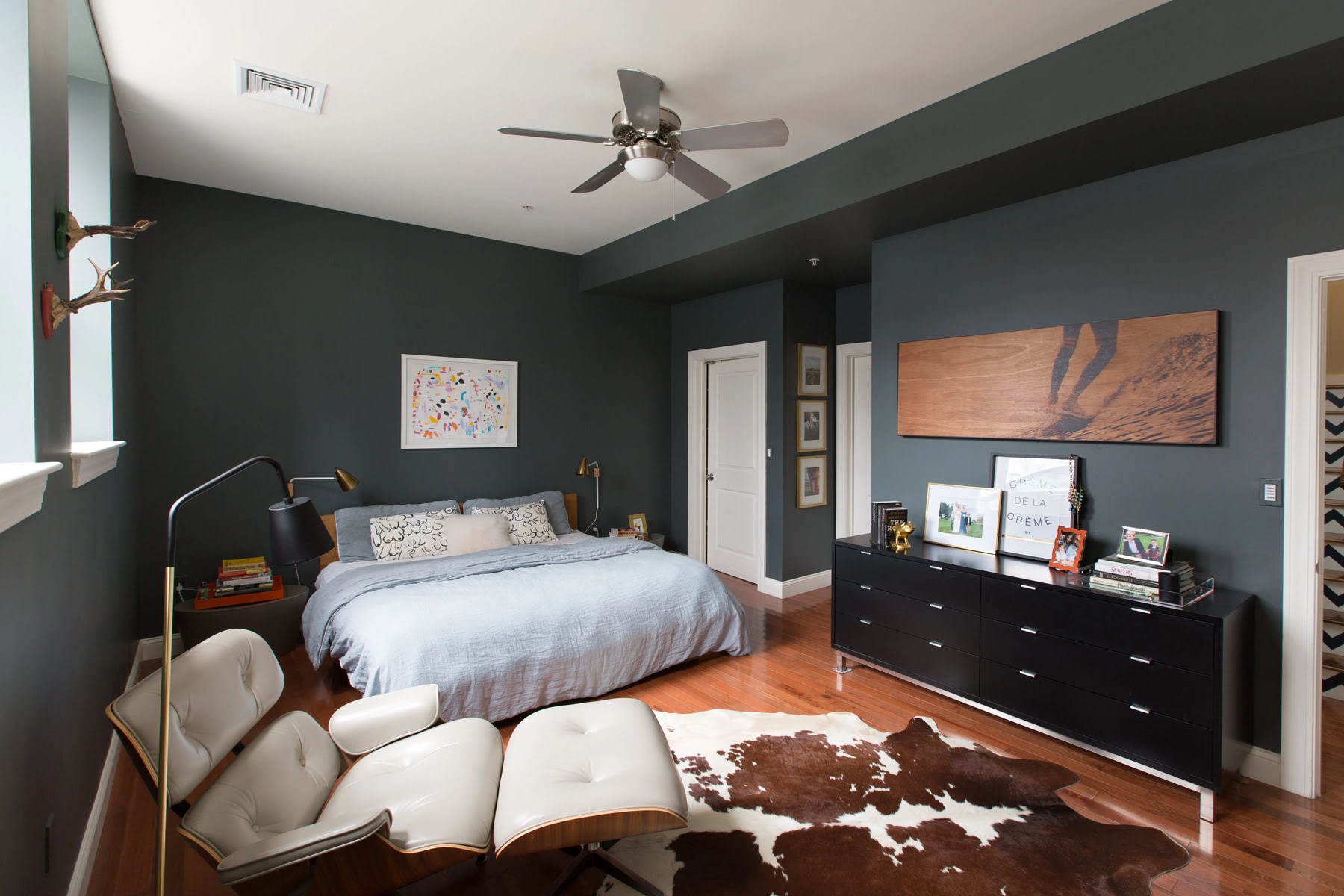
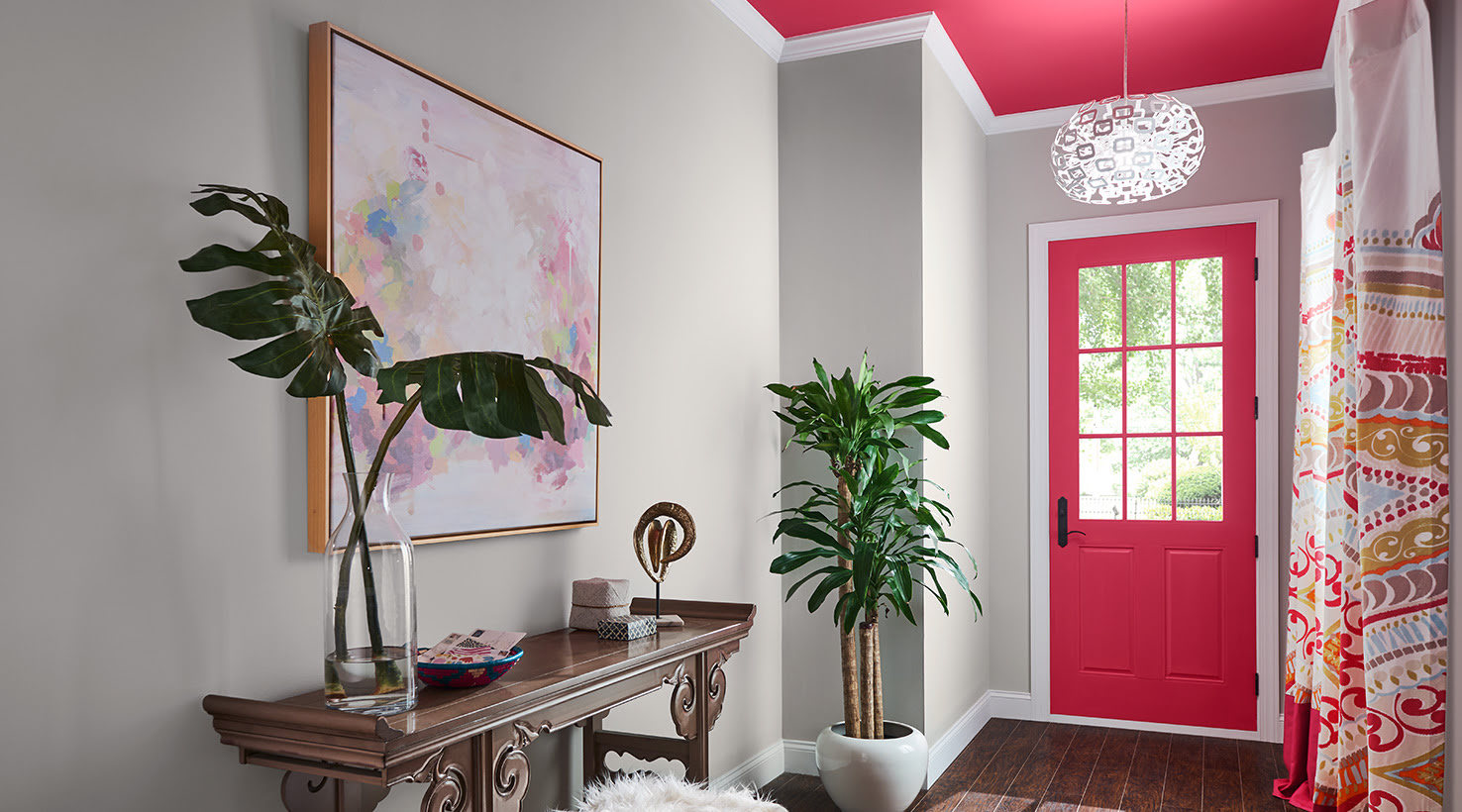
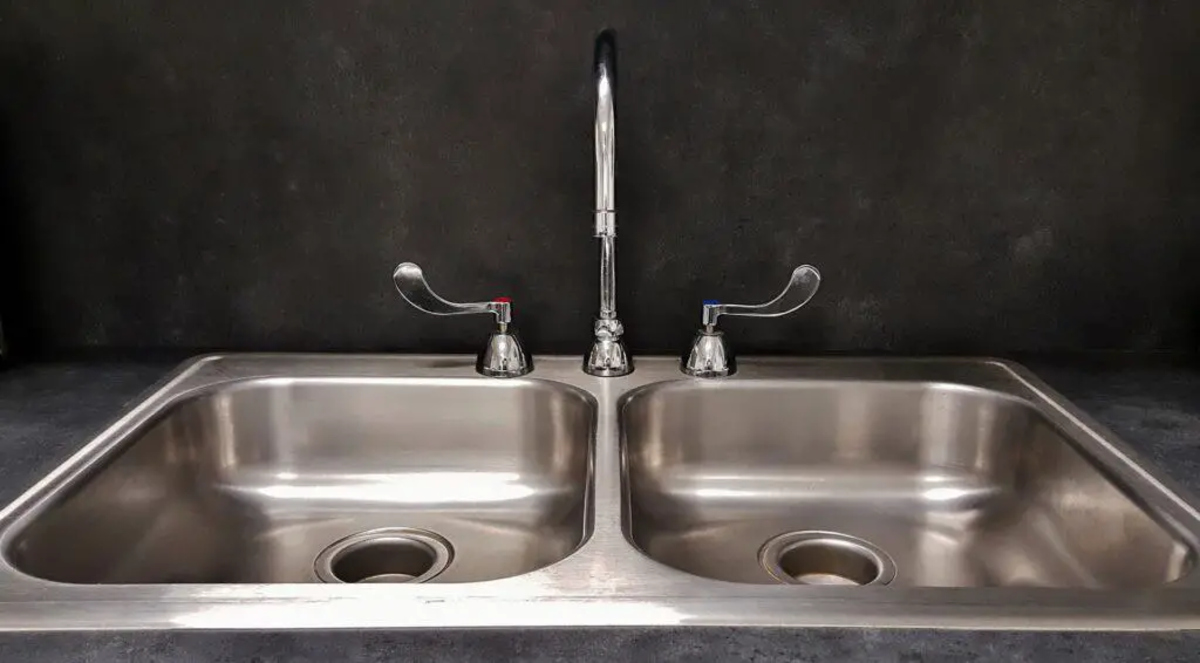
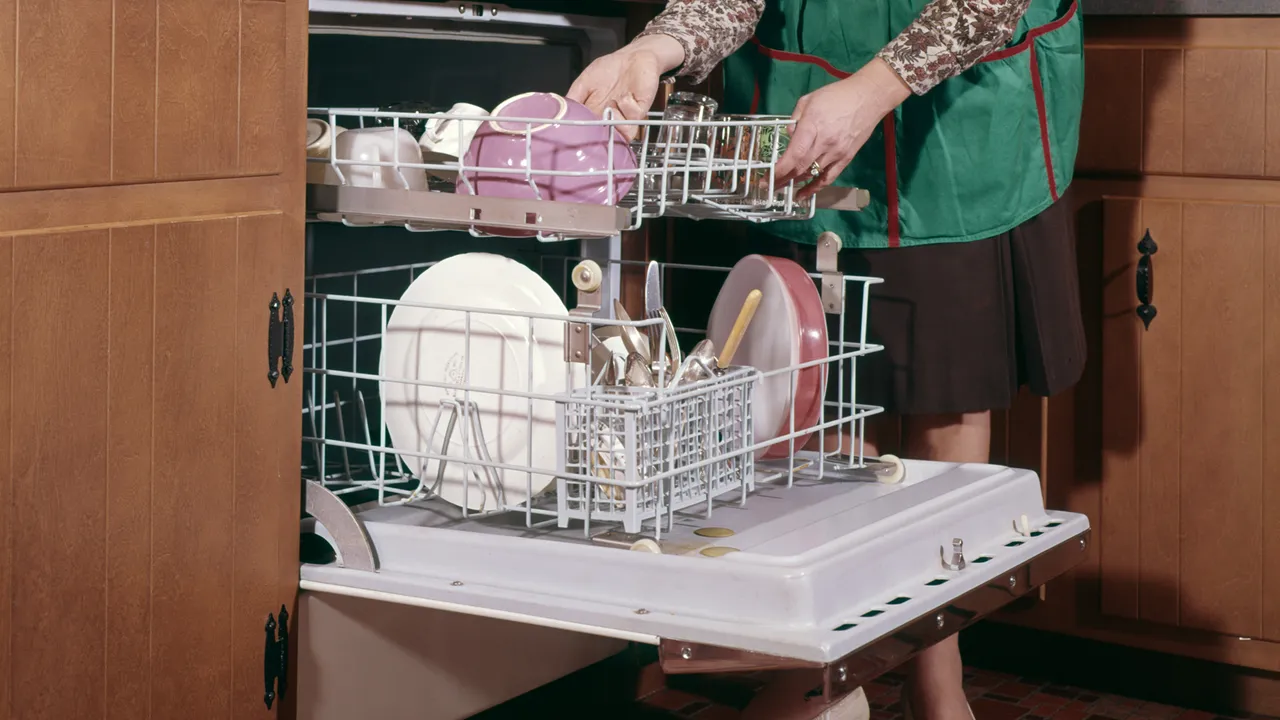
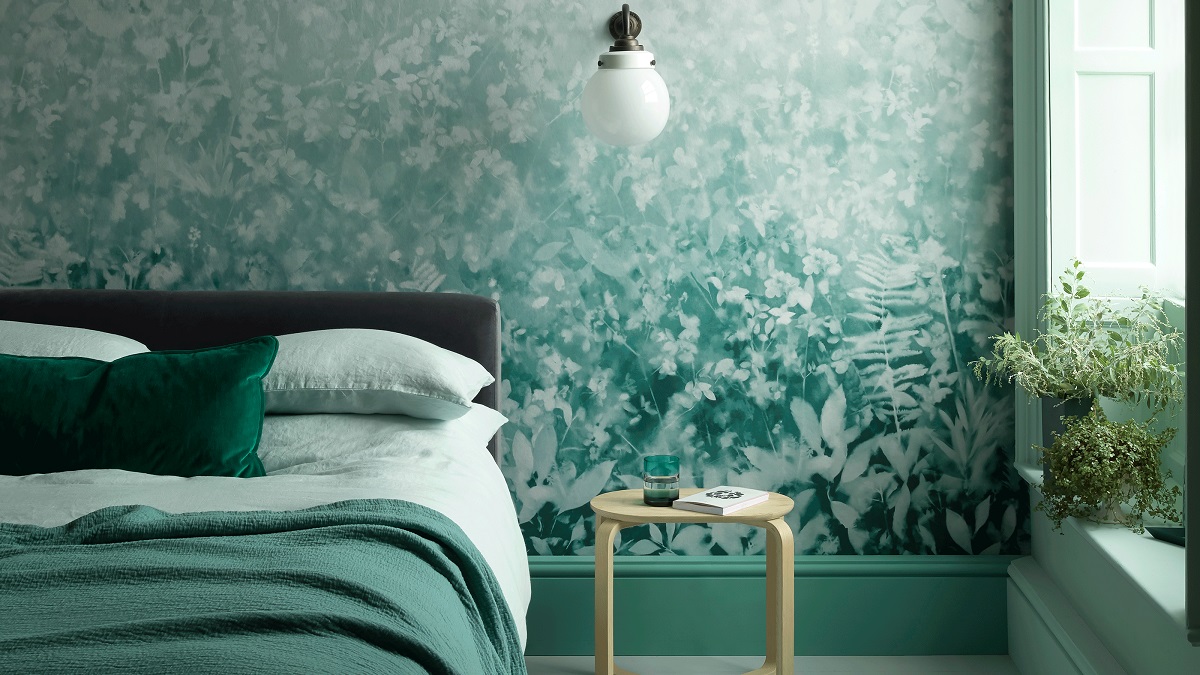

0 thoughts on “Designing An Entryway: Expert Advice And Layout Tips”